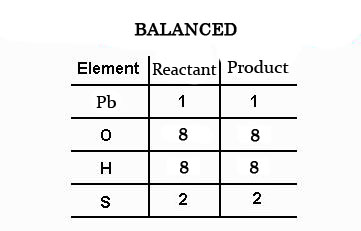CBSE Class 11-science Answered
General Notes on Molecular Orbital Diagrams

- The Y-axis of a MO diagram represents the total energy (not potential nor Gibbs Energy) of the orbitals.
- Individual atomic orbitals (AO) are arranged on the far left and far right of the diagram.
- Overlapping atomic orbitals produce molecular orbitals located in the middle of the diagram. These MO overlap with either a sigma or pi bond and are designated in bonding, nonbonding, or antibonding orbitals with respect to their phases.
- Electrons from the atomic orbitals are assigned molecular orbitals in accordance with the Pauli Exclusion Principle. Lower energy MOs are filled first, followed by consecutively increasing orbitals.
There are several steps common in all MO diagrams. Understanding these basic steps to derive simple homonuclear and heteronuclear MOs will enable us to construct more complicated, polyatomic diagrams.
STEP 1
Find the valence electron configuration of each atom in the molecule. The valence electrons will be placed on the atomic orbital for that atom. Do this for each atom. Ex) Boron (B) = (He)2s2 2p1 = 3 valence electrons
STEP 2
Decide if the molecule is homonuclear of heteronuclear. If the molecule is homonuclear, the AOs will be symmetric. Heteronuclear AOs will be slightly different because the more electronegative atom will be placed lower on the diagram. This is due to lone pairs of electrons being more stable on more electronegative elements leading them to be lower in energy. Ex) HF = F will be placed lower in the diagram than H.
STEP 3
Fill molecular orbitals using energy and bonding properties of the overlapping atomic orbitals. Keep in mind the energy of the atomic orbitals and molecular orbitals! The following factors contribute to the position of one MO with respect to other MOs.
- More nodes = more energetic = higher MOs
- Sigma orbitals are stronger than pi bonds
- Antibonding MOs are higher in energy than bonding MOs
- Constructive overlap = fewer nodes = more stable (less energetic)
- Destructive overlap = more nodes = less stable (more energetic)
STEP 4
Use the diagram to predict properties of the molecule. Remember: the number of individual atomic orbitals should equal the number of MOs! Ex) Bond order, bond angle, paramagnetism, etc.






